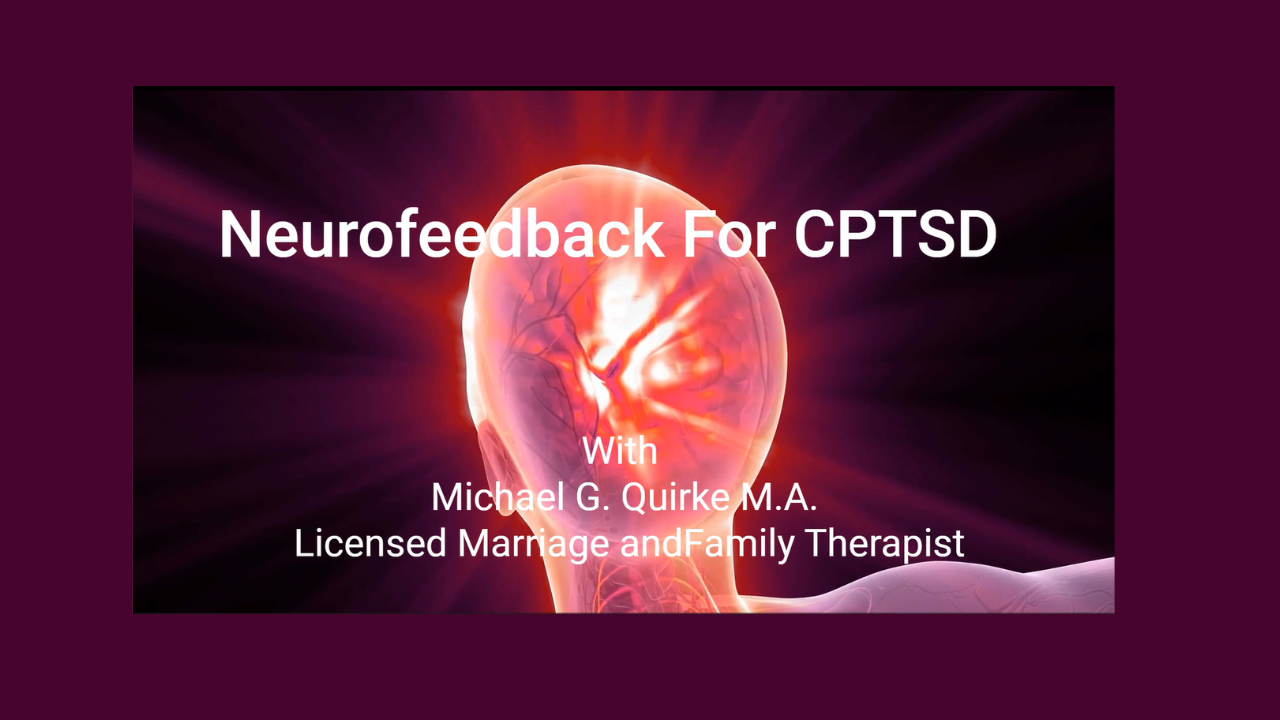Traumatic brain injuries and neurofeedback, let’s talk about how some patients address their head injury symptoms.
When it comes to human anatomy, the brain is such a fascinating organ. And today there is so much information and scientific understanding—both in clinical circles and the news—about the brain.
One aspect of the brain that has gotten extra special attention is traumatic brain injury (TBI). These days, for instance, on a nationally televised football game, you will hear the announcers talking about concussion protocol as a player is escorted from the field for examination. Years back, that was unheard of.
Though, in what way is neurofeedback therapy connected to a seemingly physical issue?
Consider the science behind it all.
What Is Traumatic Brain Injury?
According to the Mayo Clinic, traumatic brain injury can be considered as an injury resulting “from a violent blow or jolt to the head or body.” There are many ways that one could experience such an injury.
For example:
- Impact with a falling object
- A car accident
- Injury due to participation in sports
When TBI occurs, it has an impact on the cells in your brain. Short-term you might feel dizzy, confused, or dazed. However, in more serious cases the brain itself is actually damaged—torn brain tissue, swelling, or bruising. Long-term this could mean changes in your brain which cause confusion, memory loss, slurred speech, and even lead to death.
Our Scientific Understanding of Neuroplasticity
Science is still working to fully understand the role of neuroplasticity in the human brain. In essence, neuroplasticity is the ability of the brain to change and adapt.
You oftentimes see this with people who have had brain surgery and have had parts of their brain removed. Their brain learns to work around those gaps and create new connections. The same can be true with the brain when it comes to traumatic brain injury.
Traumatic Brain Injuries and Neurofeedback Treatment
Neurofeedback treatment is a way to reprogram the brain. This is done through different means. When you participate in neurofeedback treatment, you have sensors connected to your head. They lead to a monitor, which provides a display of your brain activity in real-time.
This information is crucial because it gives you an idea of how your brain is currently functioning. And that’s important when comparing a typical brain to one that has experienced TBI. With the help of this data, you and your therapist can work to train your brain to work more effectively and to heal.
Researchers are learning more about the role neurofeedback can play in treating traumatic brain injuries. There are several ways that neurofeedback can help with such things as:
- Impulse control
- Emotional regulation
- Anxiety
- Depression
- Memory problems
- Seizures
- Balance/motor control
One research study found that it took just eight neurofeedback sessions for participants to experience better memory recall. Another study that used a placebo group learned that it took ten sessions for neurofeedback participants to experience better sleep.
These are exciting discoveries that can help scientists better understand how traumatic brain injuries can be treated with neurofeedback.
How to Participate in Neurofeedback Therapy
Neurofeedback treatment holds the potential to really help people affected by TBI. The body of scientific understanding of traumatic brain injuries and neurofeedback is growing, as is improved awareness of TBI in society at large.
If you want to participate in neurofeedback, then you need to work with a therapist who understands how to implement the technique. A therapist who is understanding and compassionate, as well as highly experienced in neurofeedback treatment.
When doing your research, don’t hesitate to ask questions about their philosophy and how they use neurofeedback in their practice.
—
Are you struggling with TBI and want help? Please, contact me or learn more about my approach to neurofeedback therapy on my website.




